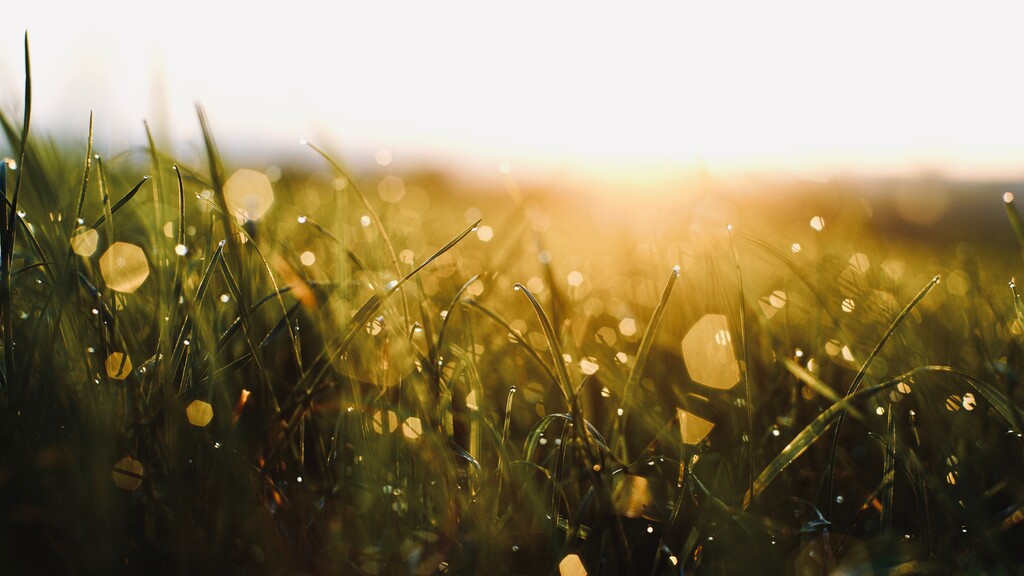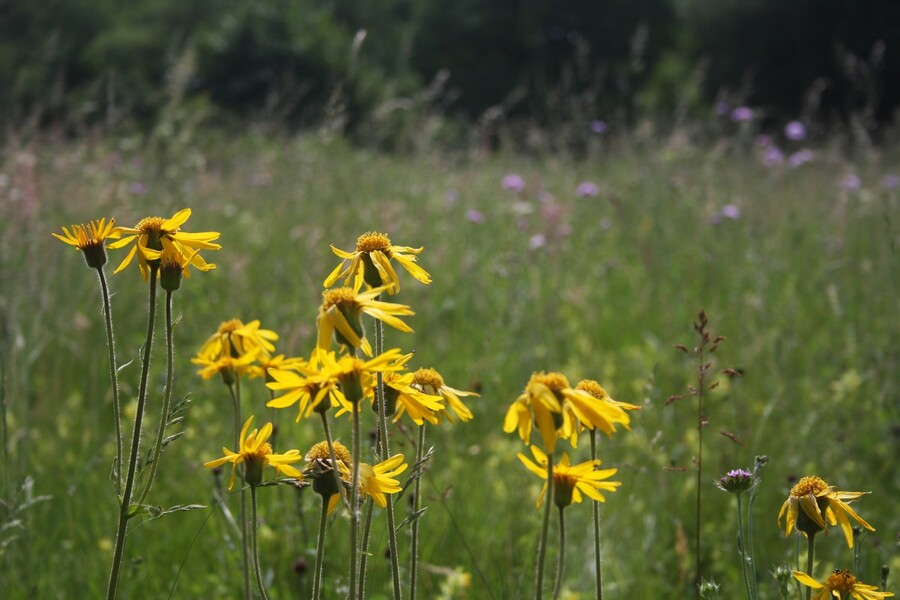Arnica montana is a protected plant species
Arnica montana (aka mountain arnica), is a protected plant species. There are around 30 different arnica plants within the Asteraceae family. It is a herbaceous plant with an aromatic scent and reaches a height of between 20 and 60 cm. In Europe it flowers between May and August.Arnica montana can only be found in a select few locations in the Alps and Pyrenees up to the Balkans and in the North up to Southern Scandinavia and the Baltic states. It prefers acidic and nutrient-poor grasslands, is calcifugal but can also occasionally be found in sparse forestland. It is able to grow in valleys but can also grow at altitudes of up to 2,800 metres.
Arnica as a cure Arnica truly is a miracle cure in medicine. It has anti-inflammatory, decongestant and antiseptic properties. Only the dried inflorescences of arnica are used for medicinal purposes. Arnica is mainly used for external application in form of ointments or tinctures. Internal application of arnica is only recommended in homoeopathy, since the helenalin found in the essential oil of the flowers is poisonous. Today arnica is used for bruising, contusions, oral mucositis, rheumatic joint or muscle pains as well as after injuries or accidents.
In the past arnica even used to be used in form of a tea to strengthen the heart.
Arnica is an endangered species In some countries arnica is highly endangered and in some places even at threat of extinction! The main reason for its endangerment is the sustained destruction of their habitat. But also the harvesting of their flower heads, used for instance for medical purposes, represents a danger. It has been possible to cultivate the breed named "Arbo", which is suitable for crop farming. This means wild plants no longer need be collected for medicinal purposes. Protect land for nature now! More on nutrient-poor grasslandsMore on the purple-edged copperBasic data: Reifenberg meadows

